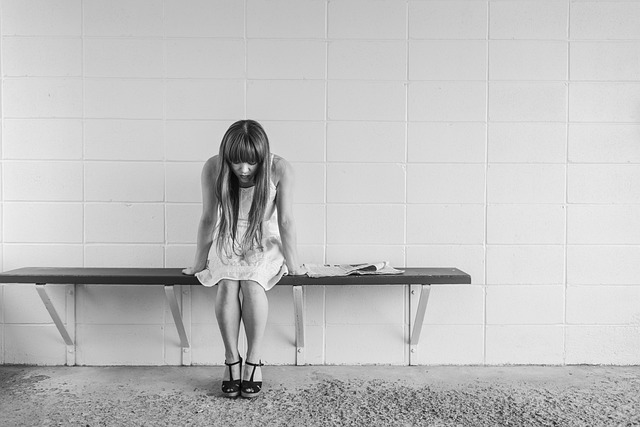
Healing Through Connection: Navigating Emotional Withdrawal in Relationships
In every relationship, there comes a time when emotional connections can waver. The problems of emotional withdrawal can manifest in various ways, often leaving both partners feeling isolated and misunderstood. Understanding this phenomenon is crucial for nurturing healthy relationships.
Emotional withdrawal often occurs when one partner feels overwhelmed, anxious, or even resentful. This can lead to a retreat into silence, where communication ceases, and feelings are bottled up. It’s essential to acknowledge that withdrawing emotionally does not always mean a lack of love; rather, it can be a coping mechanism in response to conflict or stress.
Recognizing when emotional withdrawal is happening is the first step towards healing. If you notice a growing distance or a lack of openness in conversations, it might be time to address the issues head-on. Ignoring these signs can lead to a deeper rift, escalating the problems of emotional withdrawal.
Open communication is key to resolving emotional withdrawal. Approach your partner calmly and express your concerns without placing blame. Use “I” statements to convey how their withdrawal affects you. For instance, saying, “I feel lonely when we don’t talk as much,” can evoke empathy and understanding, rather than defensiveness.
Another effective strategy is to create a safe space for sharing emotions. Encourage your partner to express their feelings without the fear of being judged or dismissed. Make it clear that their emotions are valid and worthy of discussion. This can help dismantle barriers and cultivate a sense of togetherness that can counter withdrawal.
Additionally, it can be beneficial to seek external support, such as couples therapy or relationship workshops. These avenues provide a neutral ground for dialogue and can offer professional insights into overcoming the emotional withdrawal you both may be facing. Remember, seeking help is not a sign of weakness; it’s a commitment to improving your relationship.
Lastly, practice patience and empathy as you navigate through these challenges. Healing takes time and requires effort from both partners. Celebrate small victories along the way and remain hopeful that connections can deepen despite the problems of emotional withdrawal.
In the end, every relationship faces hurdles, but with dedication and open communication, it’s possible to reconnect and foster a healthier bond. By confronting emotional withdrawal together, you can pave the way towards a more fulfilling partnership.


